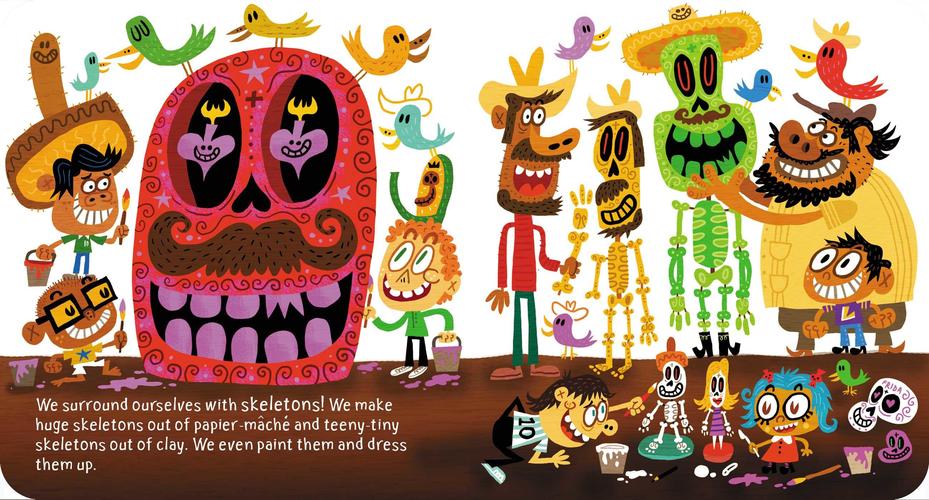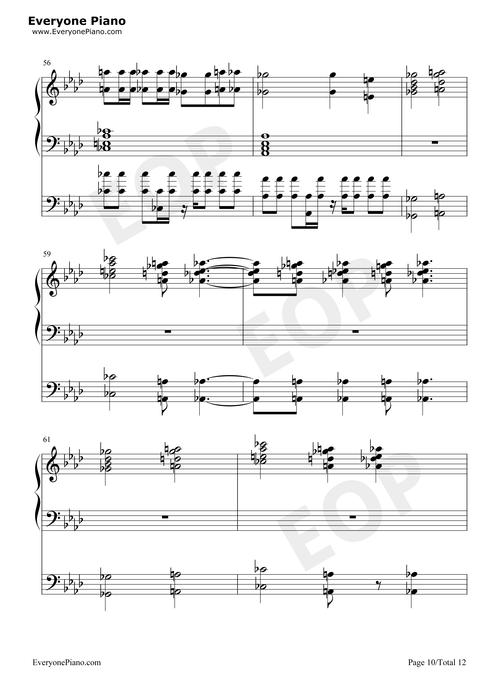Tones and Moods During Dia de los Muertos
As the vibrant hues of autumn paint the landscape, Dia de los Muertos, or Day of the Dead, comes alive with a tapestry of traditions, emotions, and cultural richness. This Mexican holiday, celebrated on November 1st and 2nd, honors the memory of loved ones who have passed away. It’s a time when the living and the dead are believed to be in close proximity, and the boundaries between worlds are blurred. Let’s delve into the various tones and moods that characterize this unique celebration.
Colorful Celebrations
One of the most striking aspects of Dia de los Muertos is its use of vibrant colors. The streets are adorned with marigolds, which are considered the flowers of the dead, and the altars are decorated with bright orange and purple marigolds, as well as yellow and pink flowers. These colors symbolize the joy of life and the hope for the afterlife. The mood is one of celebration, with families coming together to remember and honor their ancestors.

| Color | Symbolism |
|---|---|
| Orange | Life and death |
| Yellow | Hope and happiness |
| Purple | Love and respect |
| White | Purity and innocence |
The mood is further enhanced by the creation of intricate sugar skulls, known as “calaveras de az煤car,” which are often adorned with glitter and colored sugar. These skulls are placed on altars, along with photographs of the deceased, candles, and offerings such as food, drinks, and incense. The sugar skulls are a playful reminder that death is not to be feared, but celebrated as a natural part of life.
Music and Dance
Music and dance play a significant role in the celebration of Dia de los Muertos. Traditional Mexican music, such as mariachi and brass bands, fills the air, creating a festive atmosphere. People dance to the rhythm of the music, often performing traditional dances like the “Danza de los Viejitos,” which depicts the dance of the old men.
The mood shifts from joy to reverence as families gather to remember their loved ones. The music and dance serve as a way to honor the deceased and keep their memory alive. The music is often somber, with a slower tempo and more introspective lyrics, reflecting the deep respect and love for those who have passed away.
Altars of Remembrance
One of the most poignant aspects of Dia de los Muertos is the creation of altars, known as “ofrendas,” in honor of the deceased. These altars are typically set up in homes, schools, and public spaces, and are adorned with personal items that belonged to the deceased, as well as various symbols of their life and interests.

The mood on these altars is one of deep reflection and remembrance. Photographs of the deceased are displayed, along with letters, poems, and other mementos that tell their story. The offerings, which may include favorite foods, drinks, and cigarettes, are meant to provide sustenance for the spirits of the deceased during their visit to the mortal world.
La Catrina and La Calavera Catrina
Two iconic figures of Dia de los Muertos are La Catrina and La Calavera Catrina. La Catrina is a skeleton woman dressed in elegant, high-fashion attire, representing the upper class of the 19th century. La Calavera Catrina, on the other hand, is a more whimsical skeleton figure, often depicted with a wide-brimmed hat and a feather boa.
These figures are a playful reminder that death is not to be feared, but embraced as a part of life. The mood is light-hearted and celebratory, with La Catrina and La Calavera Catrina often featured in parades, costumes, and artwork. They serve as a reminder that even in the face of death, there is room for humor and joy.
Conclusion
Dia de los Muertos is a celebration that encompasses a wide range of tones and moods, from joy and celebration to reverence and reflection. It is a time when the living and the dead are brought together, and


